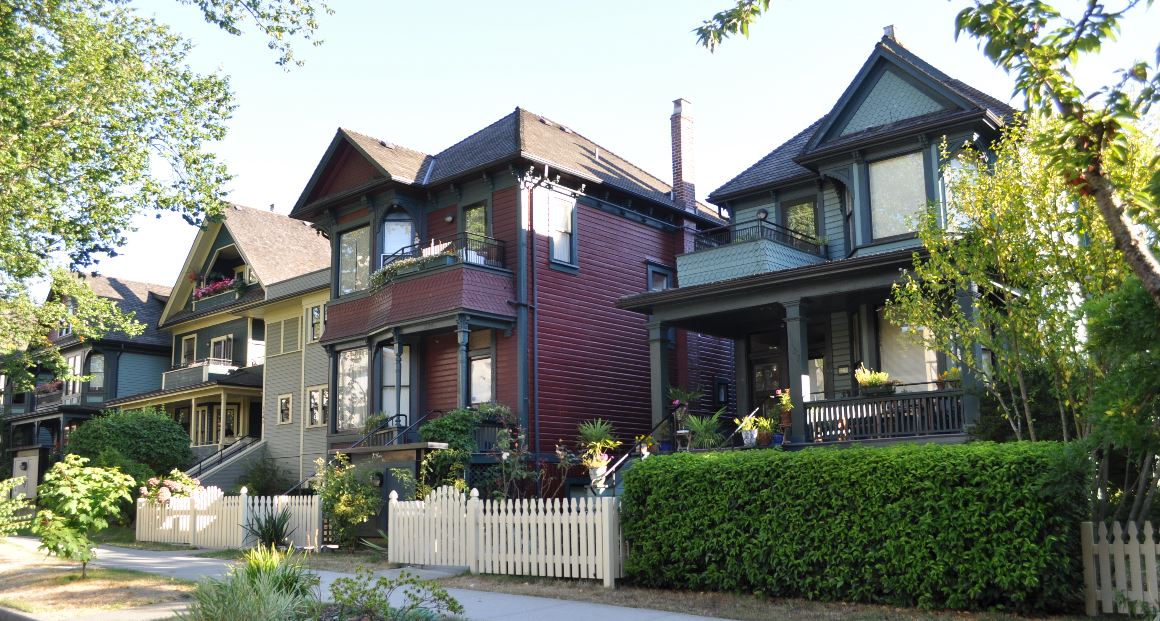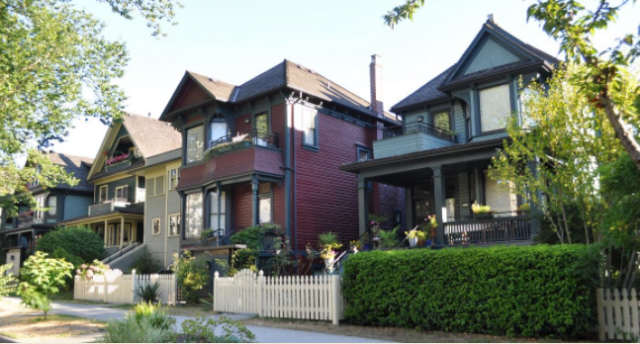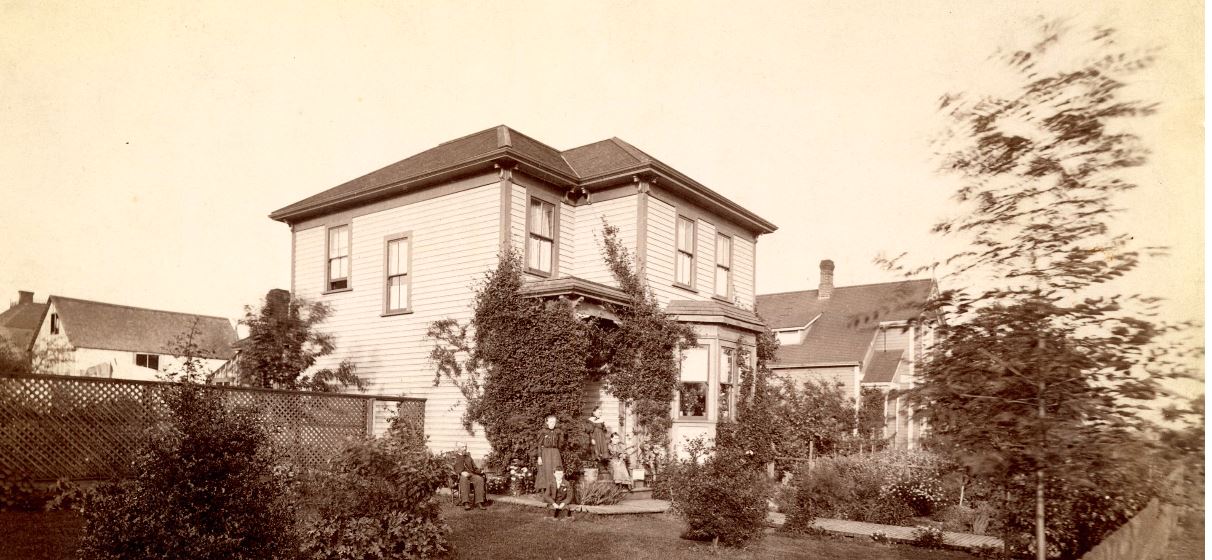There are two vastly different West End housing proposals going before Vancouver council this week and both have implications about how we view heritage in our development-mad city. One, in Mole Hill, involves the community’s desire to designate Mole Hill as a Heritage Conservation Area; while the other is a way to redevelop and save a deteriorating 1920s West End apartment building.
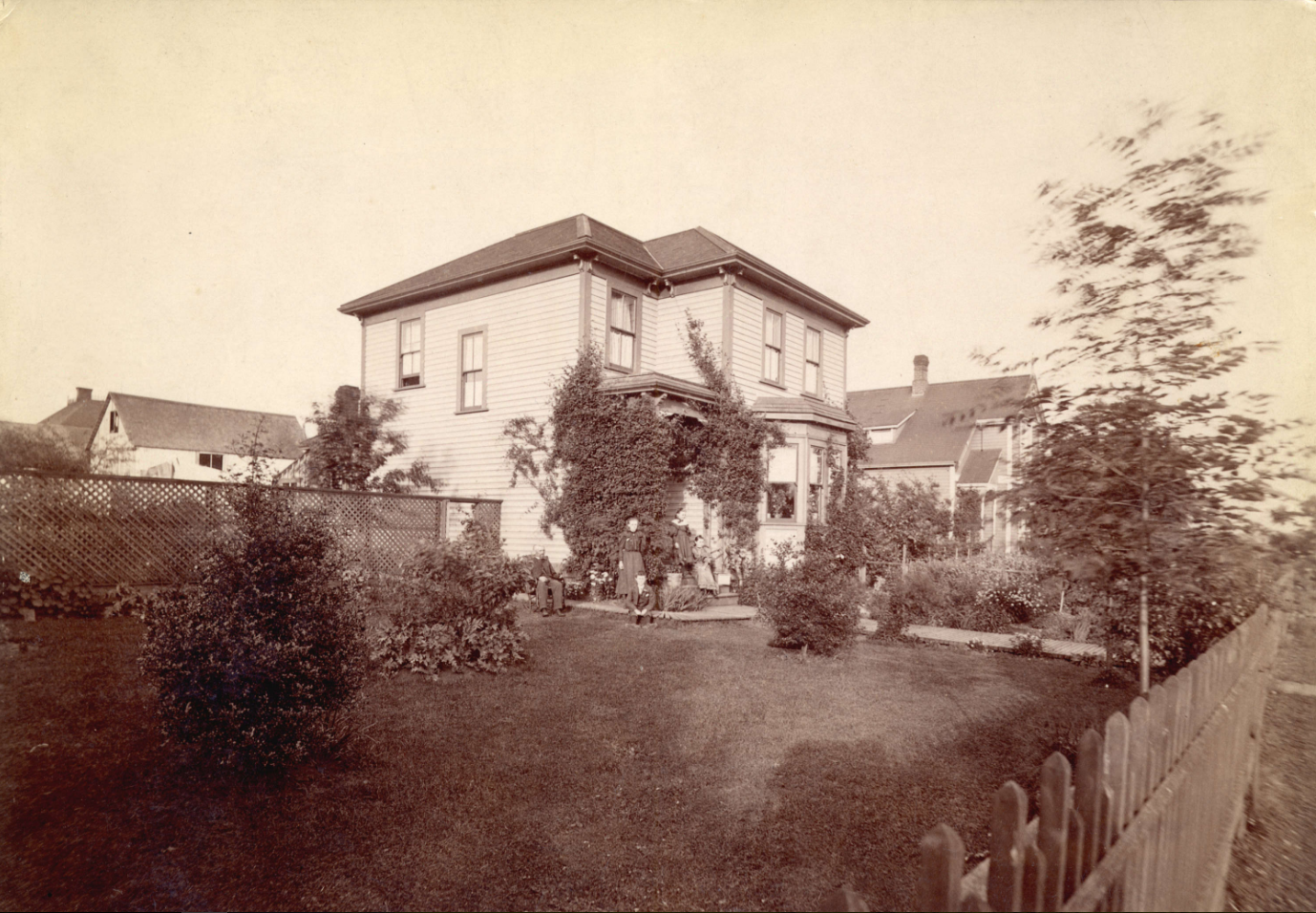
I discovered Mole Hill about 10 years ago when I was writing At Home with History. It’s a small enclave in the West End that’s tucked in behind St. Paul’s Hospital, opposite Nelson Park and bounded by Comox, Bute, Thurlow and Pendrell Streets. The houses date back to 1889 and are swarming with social history. While the name sounds like something from the pages of Wind in the Willows, the area is actually named after Henry Mole, a retired farmer who was one of the first people to settle in the area. Anything left of his house now sits under the hospital.
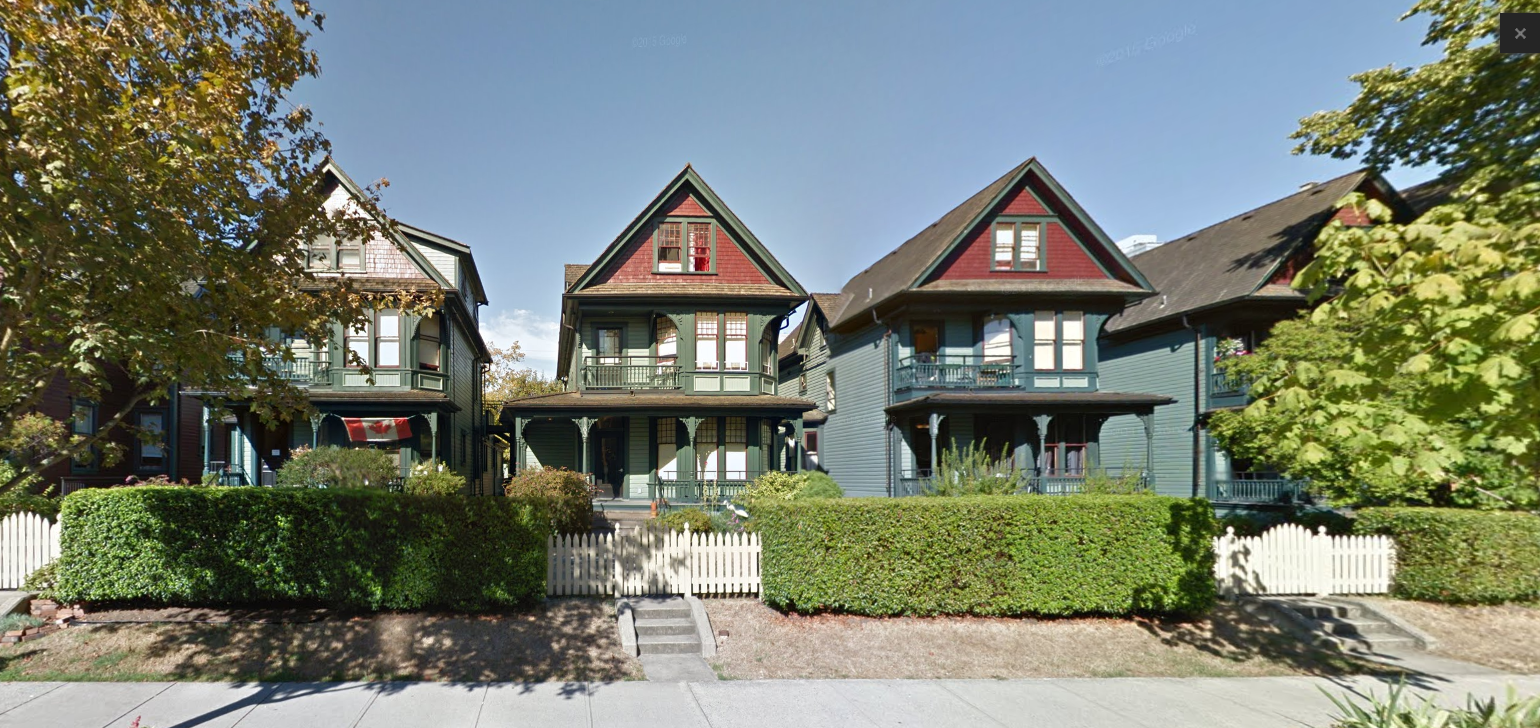
The vast majority of the heritage homes are owned by the City of Vancouver and comprise 170 social housing units, a group home for eight youth, the Dr. Peter Centre which has 24 health care units, three daycares and community gardens. Public walkways full of shrubs and flowers spill over into lanes that wander between the houses. There’s a funky little Victorian cottage in the laneway at 1117 Pendrell that was saved from demolition in 2002 when the Vancouver Heritage Foundation had it moved a few blocks from Hornby Street.
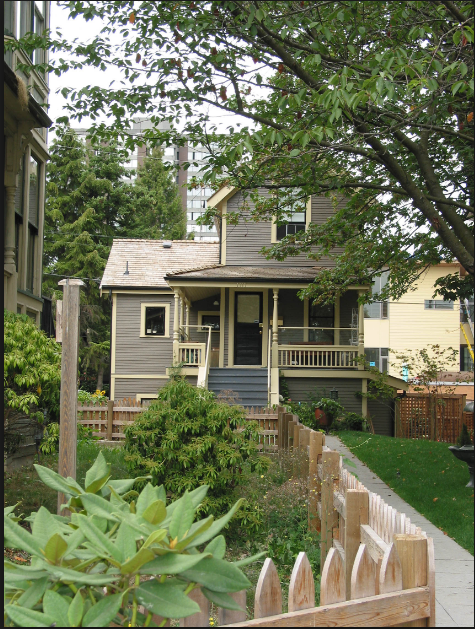
Depending on who you talk to, the area’s heritage is either under threat or it’s being thoughtfully brought up to date.
Quentin Wright is the executive director at the Mole Hill Community Housing Society which provides affordable housing through a 60-year lease with the city. The problem, he says, is that three of the houses on Comox Street are privately owned, two have applied for redevelopment and it’s expected the third, which recently changed hands, will as well.
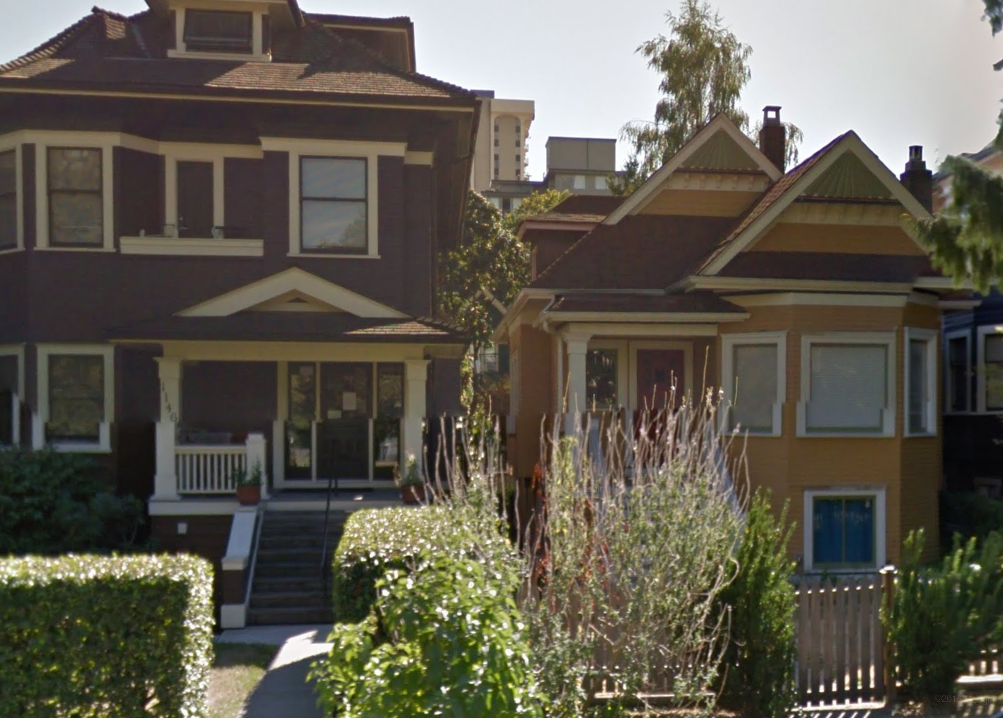
The immediate concern involves #1150, a 1903 cottage.
According to Michael Kluckner of the Vancouver Heritage Commission, zoning allows the owner to add density to his lot, and he has chosen to add an infill building in the back lane. Mole Hill residents were horrified by the size of the building in the first drawing and the city sent the architects back to the drawing board.
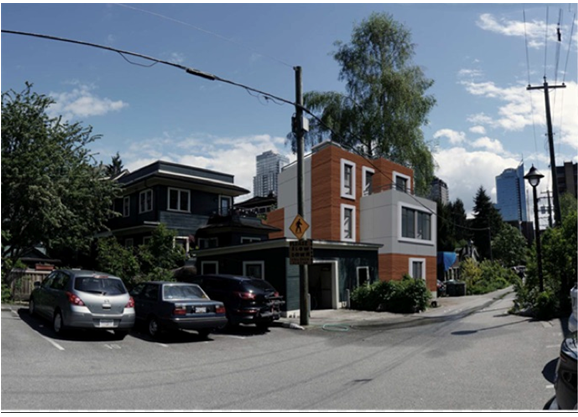
“The Heritage Commission rejected [the second drawing], as the cottage is the heritage item, and adding a huge addition onto its back (in the middle of the lot, as it were), wasn’t good,” says Kluckner. “The design was too glaringly modern. So the architect and owner came back to the Heritage Commission with this design (pictured above).”
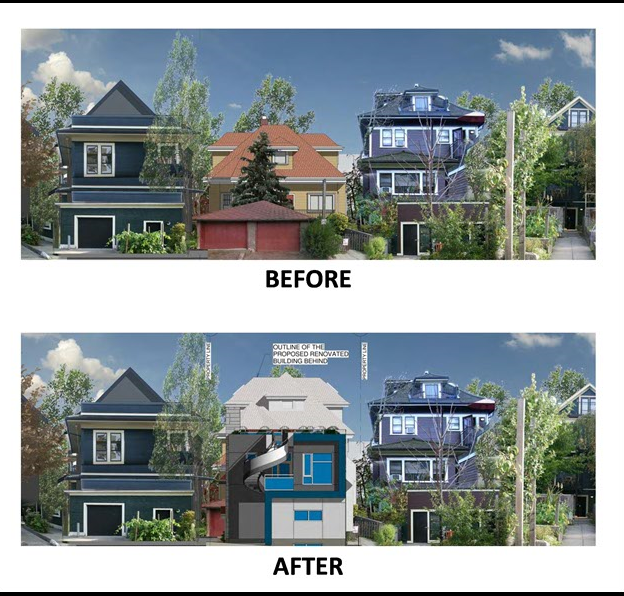
Local civic historian John Atkin reckons the Commission made the right call. “In a situation like this, an infill should be in a contrasting design,” he says. “A faux heritage design would muddy the visual record. New should always stand out.”
Wright would like to see the laneway be recognized as part of the heritage landscape and be given legal protection.
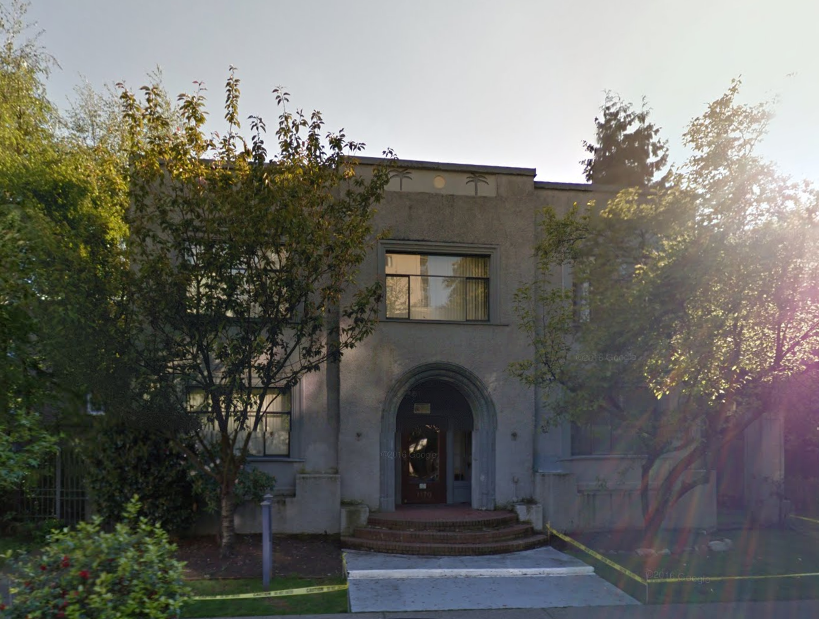
After I blogged about Charles Marega, I received an email from Lyn Guy saying that Marega’s old home—a 1920s two-storey apartment building called the Florida, was ringed with fencing and looked like it might be going the way of many older buildings in Vancouver.
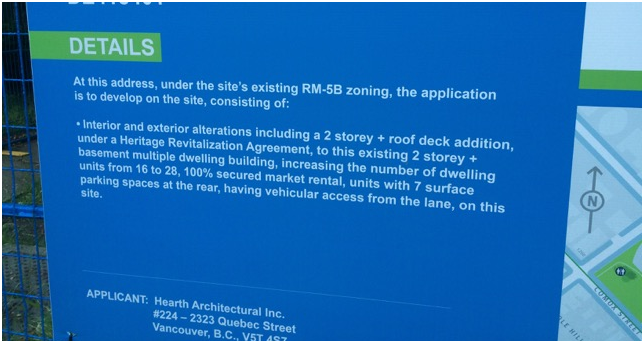
Turns out that it’s good news. The owners want to work under a Heritage Revitalization Agreement to redevelop the building, add a couple of storeys to the back and increase the rental stock from 16 to 28 units.
You have until this Friday June 17 to tell the city what you think of the plan.
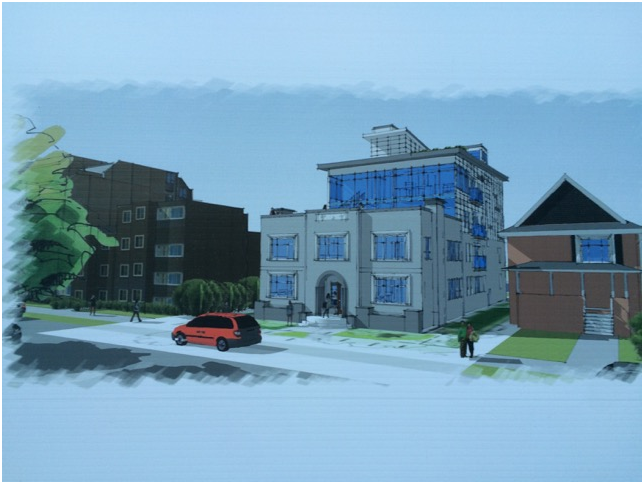
© All rights reserved. Unless otherwise indicated, all blog content copyright Eve Lazarus.



